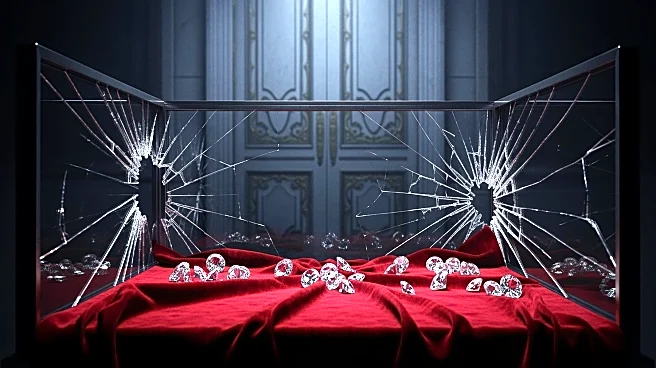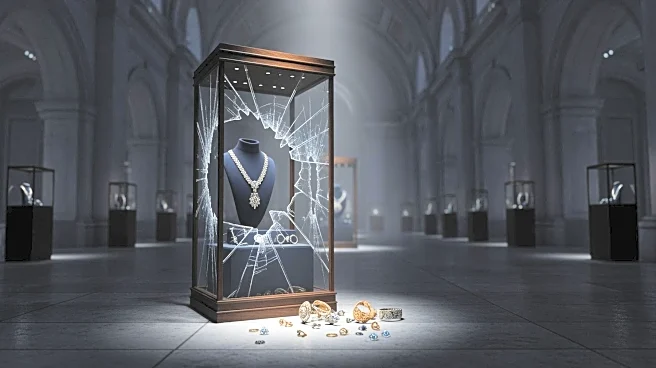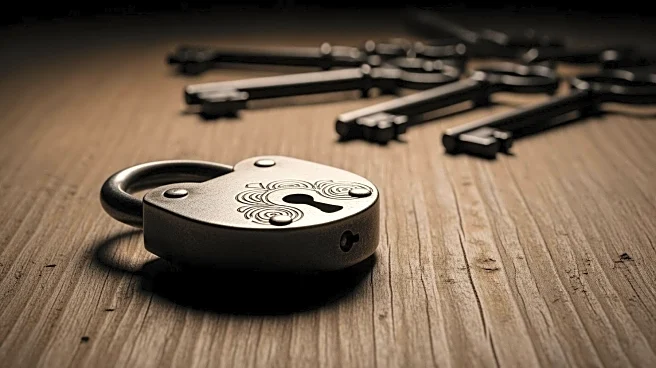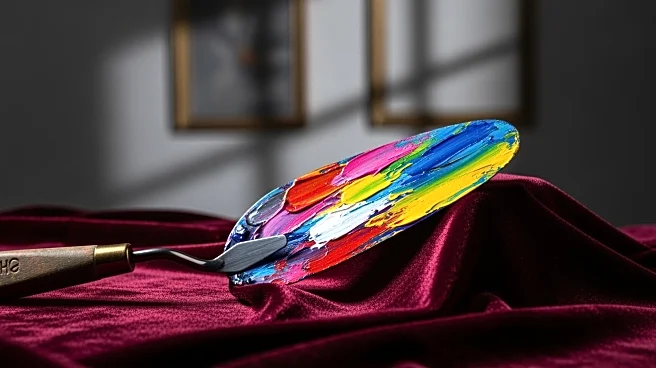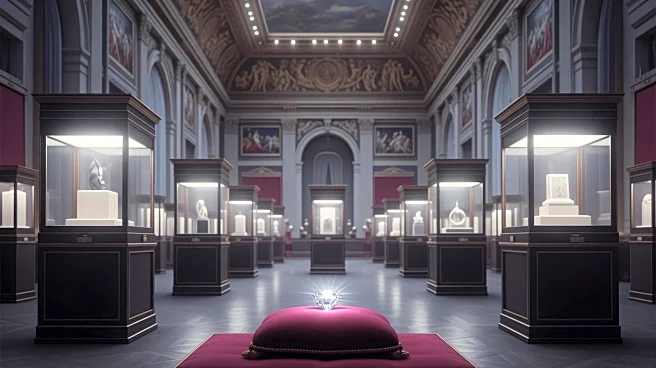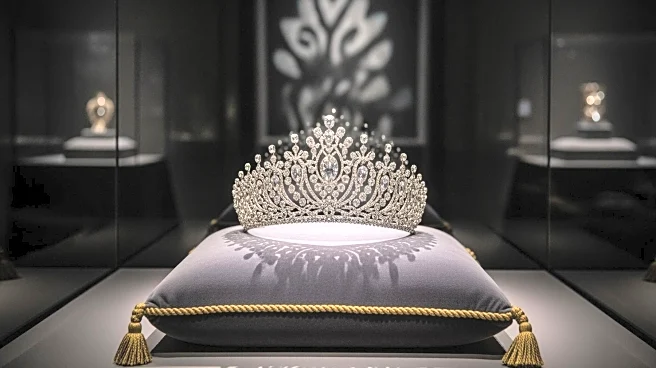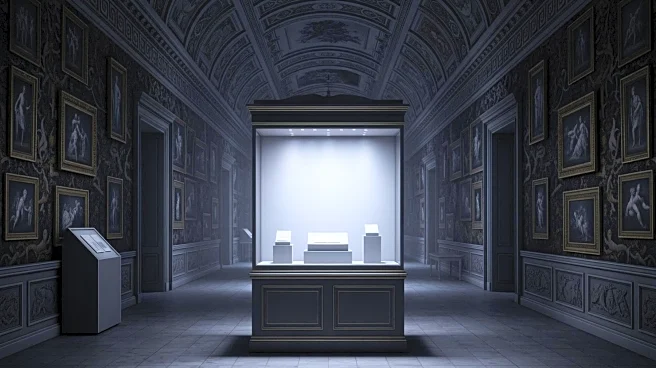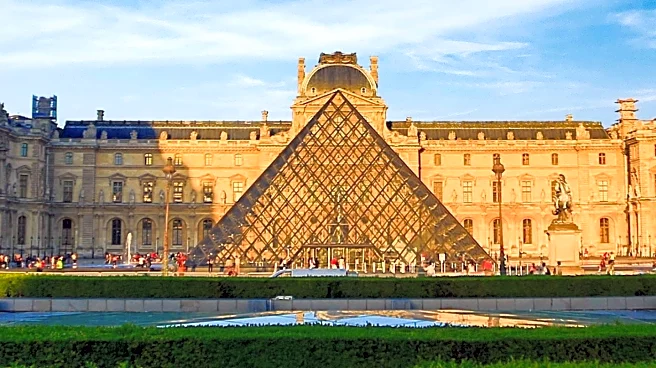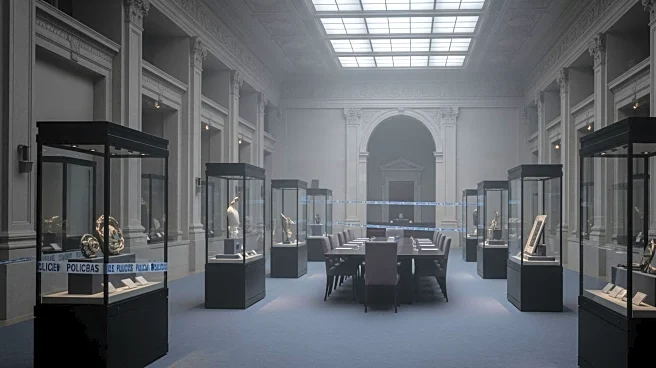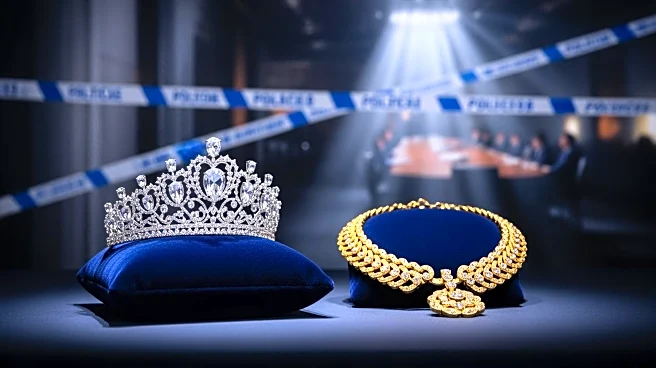What's Happening?
A Pablo Picasso painting, 'Still Life with Guitar,' has gone missing from an exhibition at the CajaGranada Cultural Center in Spain. The painting, valued at approximately $600,000, was part of a collection transported from Madrid to Granada. The disappearance
was discovered on October 6, three days after the artworks were delivered. Despite being under video surveillance, the painting was not noticed missing until the pieces were unpacked. The artwork was on loan from a private collector, and the incident has been reported to the Spanish National Police, who are currently investigating. The loss of the Picasso painting coincides with a separate incident involving the theft of jewelry from the Louvre Museum in Paris.
Why It's Important?
The disappearance of a high-value Picasso painting highlights significant security challenges in the art world, particularly concerning the transportation and exhibition of valuable artworks. This incident raises questions about the effectiveness of current security measures and the protocols followed by cultural institutions. The loss could have financial implications for the private collector and the cultural center, potentially affecting future loans and exhibitions. Additionally, the timing of this incident, alongside the Louvre jewelry heist, may prompt a reevaluation of security practices across European museums and galleries, impacting how art is handled and displayed globally.
What's Next?
The Spanish National Police are conducting an investigation into the missing Picasso painting. The outcome of this investigation could lead to changes in how art is transported and secured, not only in Spain but potentially influencing international standards. Cultural institutions may face increased pressure to enhance security measures, which could involve higher costs and logistical challenges. The art community will be closely monitoring the situation, as the recovery of the painting and the resolution of the case could set precedents for handling similar incidents in the future.
Beyond the Headlines
This incident underscores the vulnerability of cultural assets and the need for robust security protocols. It also highlights the ethical responsibility of cultural institutions to protect artworks entrusted to them. The case may spark discussions about the balance between public access to art and the security measures necessary to protect it. Long-term, this could influence how art exhibitions are curated and managed, potentially leading to more stringent regulations and oversight in the art world.


